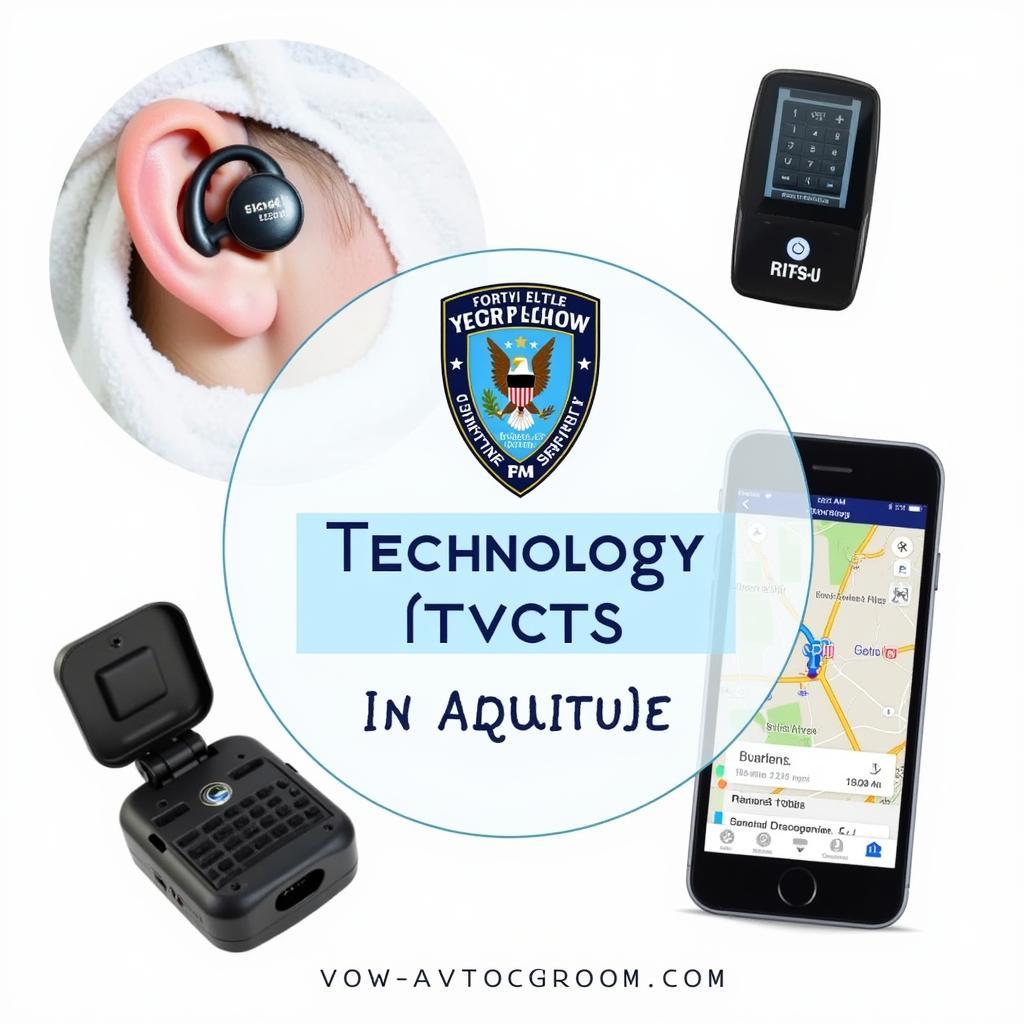What Kind of Police Car Says Protective Services?
When you see a police car with “Protective Services” on the side, what exactly does that mean? It signifies a specialized unit within a law enforcement agency dedicated to providing security and protection to specific individuals, facilities, or events. This article will delve into the different types of police cars that might display “Protective Services,” the roles and responsibilities of these units, and the technology they utilize.
Decoding “Protective Services” on Police Vehicles
The term “Protective Services” can encompass a wide range of duties. It’s not a one-size-fits-all label, and the specific functions of a Protective Services unit can vary significantly depending on the agency and the jurisdiction. Understanding the nuances of this term is key to grasping the purpose and function of these specialized police vehicles.
Different Types of Protective Services Units
Protective Services units can be found at various levels of law enforcement, from local police departments to federal agencies. Some common types include:
- Executive Protection: These units are responsible for the safety of high-ranking government officials, such as the President, Vice President, governors, and mayors. Their vehicles are often unmarked or subtly marked, prioritizing discretion and rapid response.
- Dignitary Protection: Similar to executive protection, these units provide security for visiting dignitaries, diplomats, and other important figures. The vehicles used may range from standard police cars to specialized SUVs equipped with advanced communication and security features.
- Witness Protection: While often associated with federal agencies, some local law enforcement agencies also have units that provide protection to witnesses involved in sensitive criminal cases. Their vehicles are usually unmarked to maintain confidentiality and safety.
- Facility Security: These units are responsible for securing government buildings, critical infrastructure, and other sensitive locations. Their vehicles may be marked with “Protective Services” to clearly identify their role and deter potential threats.
- Special Event Security: Large events, such as political rallies, sporting events, and festivals, often require specialized security. Police vehicles marked “Protective Services” might be deployed to manage traffic, control crowds, and respond to any security incidents.
Roles and Responsibilities of Protective Services Officers
The responsibilities of Protective Services officers are diverse and demanding. They require a unique blend of skills and training, including:
- Threat Assessment and Risk Mitigation: Identifying potential threats and implementing measures to reduce risks is a core function. This involves analyzing intelligence, conducting surveillance, and coordinating security protocols.
- Advanced Driving Techniques: Protective Services officers undergo extensive training in evasive driving and tactical maneuvers to ensure the safe transport of protected individuals.
- Close Protection and Security Detail: Providing close personal protection to individuals is a crucial aspect of their role. This includes maintaining situational awareness, responding to potential threats, and escorting protected individuals.
- Emergency Medical Response: Many Protective Services officers receive advanced medical training to provide immediate assistance in case of an emergency.
- Communication and Coordination: Effective communication and coordination with other law enforcement agencies and security personnel are essential for maintaining security.
 Protective Services Officer Performing Duties
Protective Services Officer Performing Duties
Technology Used by Protective Services Units
Protective Services units employ a variety of technologies to enhance their effectiveness:
- Advanced Communication Systems: Secure communication networks and encrypted radios allow for real-time information sharing and coordination between officers.
- Surveillance Equipment: Cameras, drones, and other surveillance technologies are used to monitor protected areas and identify potential threats.
- GPS Tracking and Mapping: Real-time GPS tracking and mapping systems help officers navigate and respond quickly to incidents.
- Ballistic Protection: Protective Services vehicles are often equipped with enhanced ballistic protection, including reinforced doors and windows, to safeguard occupants from attacks.
 Technology Used by Protective Services
Technology Used by Protective Services
What to Do When You Encounter a Protective Services Vehicle
If you encounter a Protective Services vehicle, it’s important to maintain a safe distance and follow any instructions given by the officers. Remember, their priority is the safety and security of the individuals or locations they are protecting.
Conclusion: Understanding the Role of “Protective Services” in Law Enforcement
“Protective Services” signifies a specialized and crucial function within law enforcement. While the specific vehicles used may vary, the underlying mission remains consistent: to provide security and protection in situations where it’s most needed. Understanding the role and responsibilities of these units helps us appreciate the complex and demanding nature of their work.
FAQ
- What is the difference between Executive Protection and Dignitary Protection?
- What kind of training do Protective Services officers receive?
- Are all Protective Services vehicles unmarked?
- What should I do if I see a Protective Services vehicle?
- Do Protective Services officers carry firearms?
- How can I join a Protective Services unit?
- What technology is used by Protective Services units?
Other Questions You Might Have:
- What are the different types of police vehicles used in general law enforcement?
- How can I learn more about law enforcement careers?
For further reading, check out our articles on “Understanding Police Vehicle Markings” and “Careers in Law Enforcement.”
Need support? Contact us via WhatsApp: +1(641)206-8880, Email: [email protected]. We have a 24/7 customer support team.

